Explore all New Cars of 2024
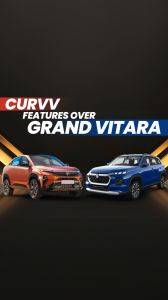 In Pics: Features That Tata Curvv Will Get Over Maruti Grand Vitara
In Pics: Features That Tata Curvv Will Get Over Maruti Grand Vitara

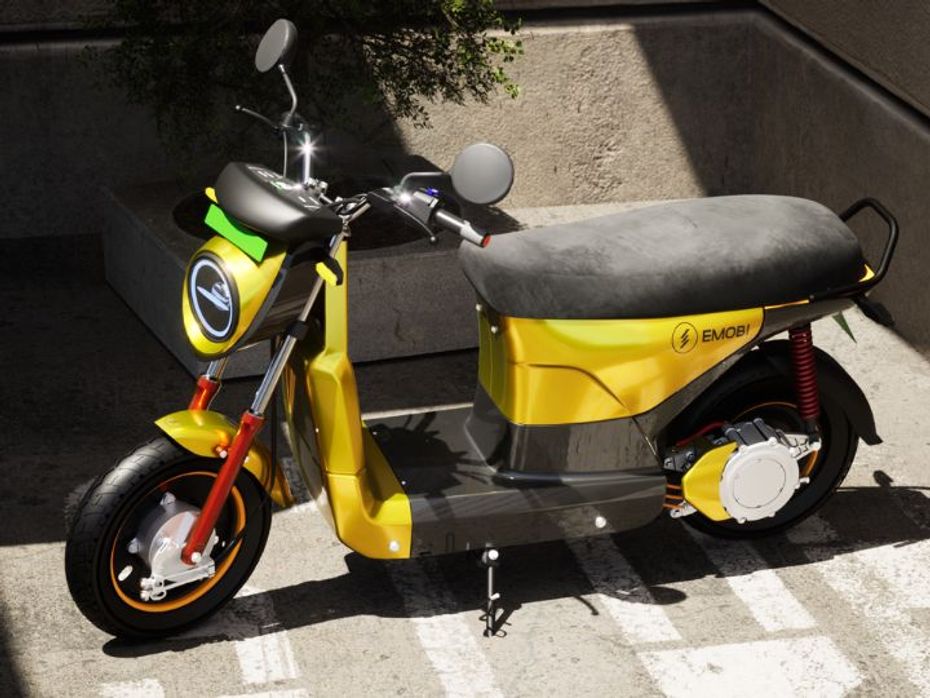
Bengaluru-based EV startup Emobi makes electric mopeds for commercial use and plans to explore the B2C (business-to-customer) space in the future. Currently, it has partnered with Musashi and Honda Power Pack Energy India Private Limited (HEID) and plans to launch its new electric moped, called Kyari, soon. This will be an ideal alternative to the recently launched Kinetic Green E-Luna as well as the upcoming electric TVS XL EV.
We recently got a chance to interview Bharath Rao, the co-founder and CEO of Emobi. He shared with us insights into Emobi’s future products, explained how the partnership with HEID works, shared his take on subsidies for swappable batteries and discussed new competitors entering the segment.
What are the plans for a new model? Is there something in the works? If yes, what it would be like and when can we expect it?
Our most recent creation is the Kyari electric vehicle, which incorporates Honda's power pack (HEID) for battery service, and Musashi's powertrain. It is our first production, set for launch in India by July 2024. Leveraging Musashi's powertrain and HEID's batteries, we expect to give exceptional performance targeted to our B2B customers. This strategic alliance ensures cutting-edge performance, demonstrating our dedication to excellence in product delivery and customer service.
Do you plan to deal with both B2B and B2C sales? If yes, which one contributes most towards sales and which one do you plan to focus on most as of now?
We are completely focused on the B2B market currently and are building our offerings only to cater to fleet operators.
Why did you choose swappable batteries and not fixed ones, which many other manufacturers in the industry use? Why not both? Is there a possibility of fixed battery EVs by your brand in future?
Currently, our focus is on exploring battery swapping because we believe it is best for our B2B customers. However, we remain open to evaluating other solutions throughout multiple cycles, depending on the specific needs of our B2B customer base. Our strategy is flexible, allowing us to react to changing market demands and guarantee that our offers closely fit with the needs of our customers.
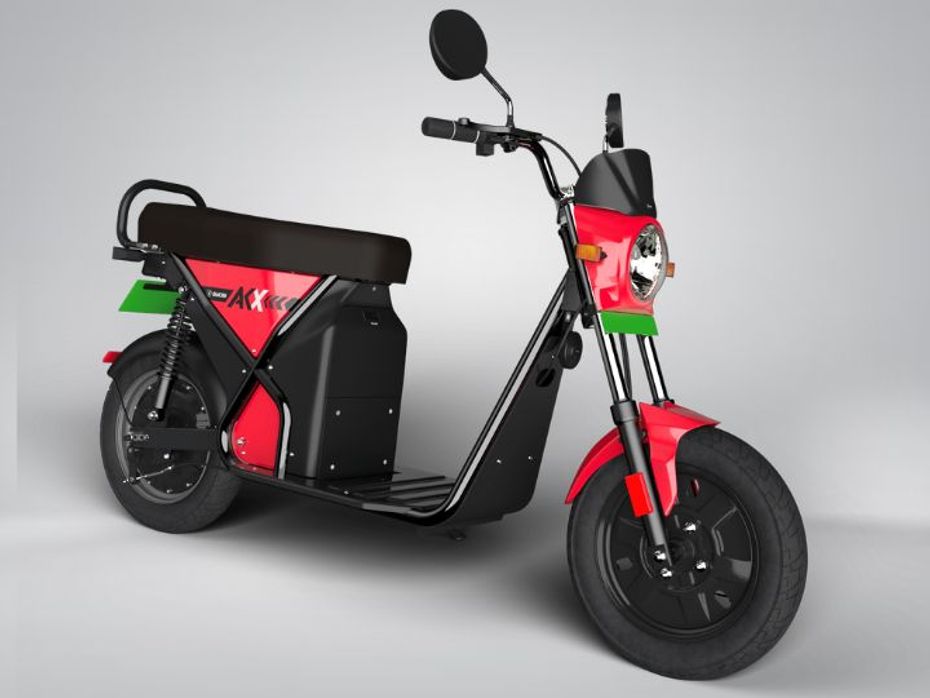
How do you see the Indian swappable battery infrastructure, is it at your advantage or disadvantage? What are the expansion plans in terms of infrastructure?
We see a lot of opportunity in partnering with HEID for battery-swapping, utilizing their substantial infrastructure expansion across the nation. Aligning our product launch strategy with their infrastructure development roadmap maximizes synergy. This cooperation not only gives us access to HEID's huge network but also allows us to strategically position our offerings within their growing ecosystem. By aligning our goals, we hope to profit from their infrastructure development, promoting mutual growth and market penetration.
How exactly does the partnership with Musashi and Honda Power Pack Energy India work, could you please elaborate on the role of the two entities?
Musashi is our long-term powertrain supplier for the Kyari model of two-wheelers, assuring reliable performance. Meanwhile, HEID serves as our key partner in battery services, offering access to its powerful battery-swapping network. This agreement allows us to effortlessly incorporate their technology into our vehicles, increasing efficiency and convenience for our consumers. Musashi and HEID work together to ensure that our product offerings run smoothly and for the long term.
What are the future plans for this partnership?
We'll have a better understanding of our roadmap once we introduce the current model in the Indian market by July 2024. This milestone paves the way for strategic planning, allowing us to revise objectives and develop a complete strategy for future undertakings.

How does the FAME 2 subsidy affect your product sales?
Battery switching is now excluded from FAME 2, putting us at a disadvantage compared to FAME2-eligible automobiles. Nonetheless, all battery-swapping companies are actively interacting with government authorities to fight for a more equitable regulatory environment. By matching policies with the industry's changing demands, we hope to provide an environment conducive to technical innovation and equitable market participation.
Your opinion on subsidies? Are you in favour of the FICCI proposal to extend FAME 2 subsidies for five more years as current EV penetration in the Indian two-wheeler market is about 5%, whereas the government’s aim is 80% adoption till 2030?
I believe the EV industry confronts a critical difficulty in competing with ICE (Internal Combustion Engine) vehicles without subsidies. However, the current fame subsidy schemes have significantly democratized electric vehicles, increasing customer accessibility. To ensure a more equitable industry landscape, we propose Fame 2 to enable vehicles that use battery-swapping infrastructure. This breakthrough aims to level the playing field, providing equal opportunity for all stakeholders in the everyday automobile sector.
What is the plan of action after FAME 2 goes away after March? And what if it continues?
Our plans remain the same as our business plans are built without considering any subsidy support.
Do you think the ending of FAME 2 subsidies will decrease the sales of high-speed electric two-wheelers and increase the sales/adoption of low-speed ones?
Ending FAME 2 subsidies would let consumers make optimal vehicle choices based on their needs, while also driving OEMs to design vehicles that are matched with consumer preferences across usage segments. As a result, without subsidies, markets will mature faster than under-supported environments. This transition heralds a paradigm in which market dynamics are driven by true demand rather than manufactured incentives, creating an environment conducive to robust competition and innovation.
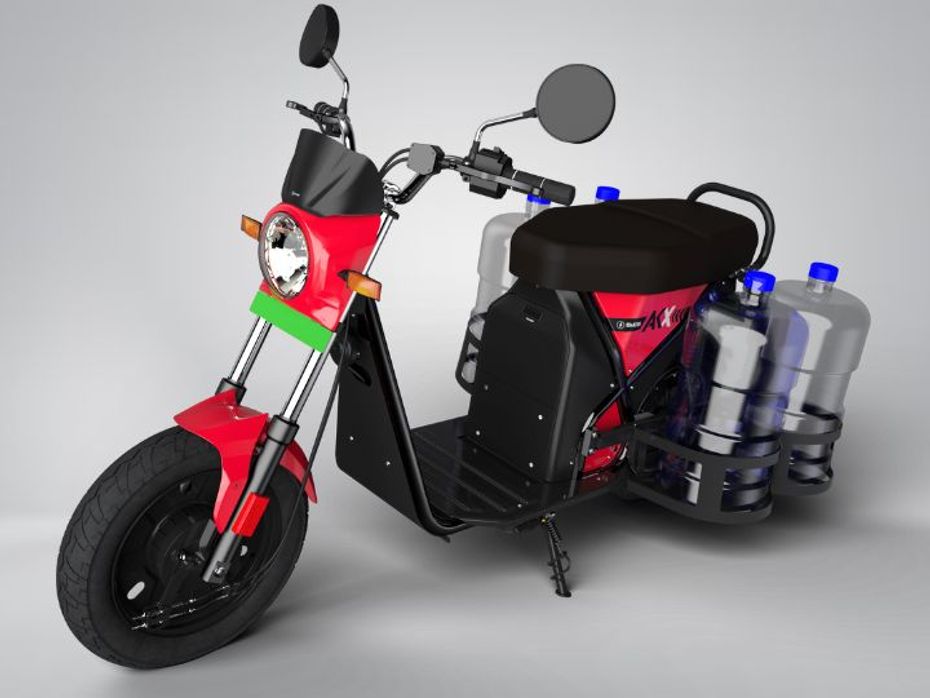
How do you see the increasing competition in the electric two-wheeler segment?
Competition is great to see in a new industry because it gives customers more options to choose from, and we believe it will also help build reliable, well-engineered products in the market.
There are also new players like Gogoro in the swappable battery segment. How do you plan to compete with them and what advantages do you see as an Indian company against a foreign brand like Gogoro entering the domestic market?
We welcome global majors like Gogoro into the swappable battery segment, predicting a significant increase in B2B customer and rider satisfaction. This not only raises the bar for global companies but also stimulates Indian startups looking to enter this industry. Currently, our key challenge is the short-term supply chain, which requires the sourcing of ideal items at advantageous terms in order to efficiently service the B2B sector. Despite the hurdles, we see this as a tremendous opportunity for industry growth and improvement.
Will the entry of E80 (80% ethanol blend fuel) affect EV adoption in future?
We firmly believe that the transition to electric mobility is well underway, that among vehicle categories, the two-wheeler segment has reached price parity with ICE vehicles for electric vehicles, and that the EV category will grow significantly in the two-wheeler segment in the coming years.
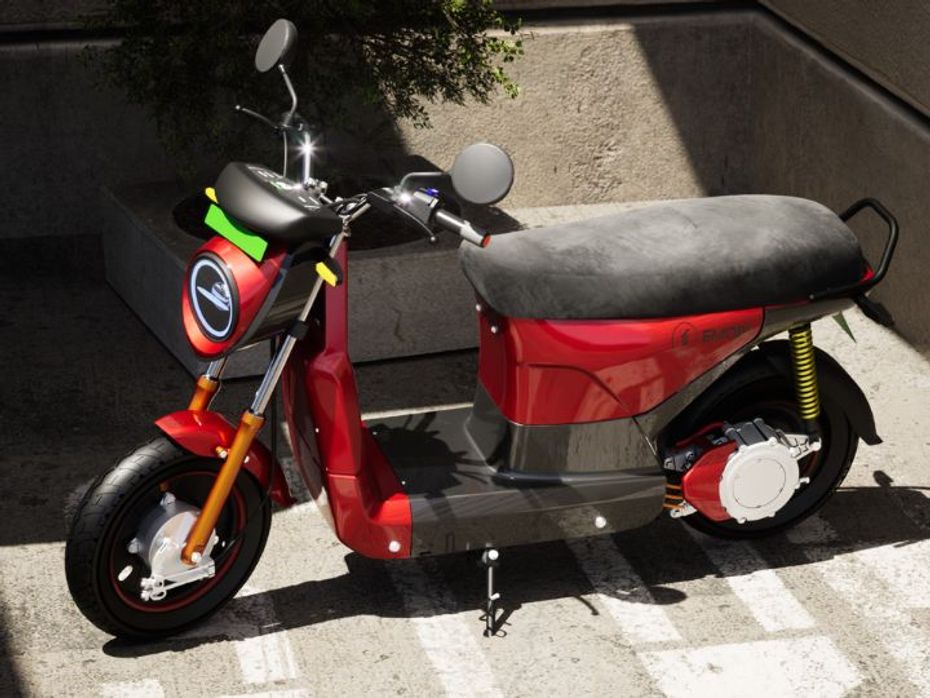
The upcoming Kyari electric moped will feature a spindle motor and will produce a peak output of 4.2kW and 18.7Nm. It will have a top speed of 75kmph and an 85km range on a full charge whereas the Kinetic Green E-Luna has a 50kmph top speed. While the variant with the 1.7kWh battery provides an 80km range and the 2.0kWh variant has a 110km (all figures are claimed) range. Both mopeds have a 150kg payload capacity. The Kyari weighs 120kg whereas the E-Luna is 24kg lighter at 96kg.
Meanwhile, the Central Government has also announced a new EMPS 2024 subsidy for electric two-wheelers that will replace the FAME 2 subsidy after March 2024.
India's largest automotive community